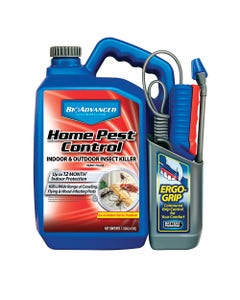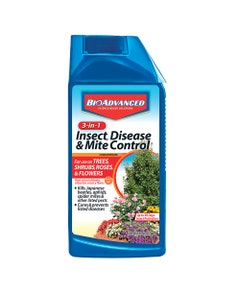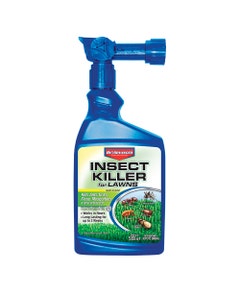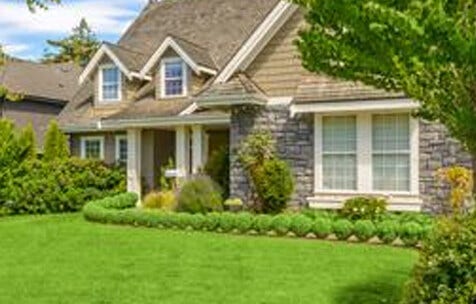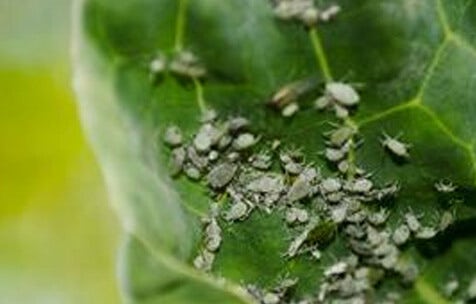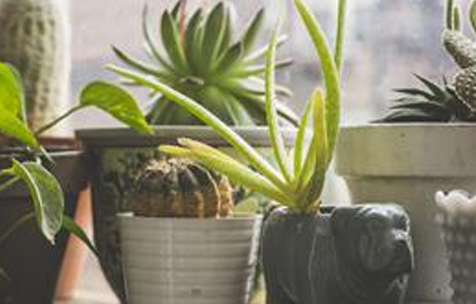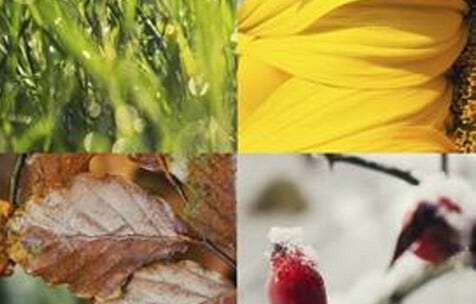

- Home
- Solution Center
- Learn
- Lawn and Landscape
- Texas Lawn Care Tips
Texas Lawn Care Tips
As Texans, it’s known that lawns are a symbol of pride and joy. Many Texans use lawns as an outdoor living space. From backyard barbecues to game nights with friends and family, lawns are a hub of activity during the spring and summer months. So, it's no surprise that they want to keep them looking their best. With the summer season upon us, it's time to start thinking about how to keep your lawn looking lush and green. But with the scorching heat and pests that can wreak havoc on lawns, it's important to take proper care of them. So, let's dive into some tips and tricks for keeping your Texas lawn in tip-top shape!
Types Of Texas Grass:
First and foremost, it's important to understand the type of grass that grows best in Texas. Most Texans have either St. Augustine or Bermuda grass in their lawns. St. Augustine grass is a popular choice because it's drought-resistant and can tolerate shade. Bermuda grass, on the other hand, is known for its hardiness and ability to withstand high traffic. Knowing the type of grass you have will help you determine the best care practices.
How To Mow Your Texas Lawn:
Now, let's talk about mowing. It's important to mow your lawn regularly, but during the summer months, it's best to raise the blades on your mower. Taller grass provides more shade for the soil, which helps to retain moisture and prevent it from drying out too quickly. Plus, it's more fun to pretend you're a giant walking through a jungle!
Watering Your Texas Lawn:
Next up is watering. During the summer, the heat can be relentless, and your lawn needs more water to survive. But don't overdo it - watering too much can cause fungus and disease to develop. The best time to water your lawn is early in the morning when the air is cooler and there's less wind. This will give the water time to soak into the soil before the sun comes out and evaporates it.
Stop Texas Pests:
When it comes to pests and diseases, there are a few common culprits to watch out for in Texas. Chinch bugs, armyworms, and grubs can all wreak havoc on your lawn, causing brown patches and damage. To prevent these pests from taking over your lawn, make sure to keep your lawn healthy with proper fertilization and watering. You can also use insecticides to keep these pests at bay.
One final tip - don't forget to give your lawn some love! A little extra care can go a long way in keeping it healthy and green. Consider aerating your lawn to allow for better water and nutrient absorption, and give it a good fertilizer treatment to help it thrive.
In conclusion, taking care of your Texas lawn during the summer months can be a challenge, but with proper mowing, watering, and pest control, you can keep your lawn looking its best. And remember, your lawn is more than just a patch of grass - it's a space for making memories and enjoying time with loved ones. So, get out there and make the most of it!
Stink Bug is the name given to several species of insects that excrete a pungent odor from scent glands when they feel threatened. Most adult Stink Bugs are green, grey or brown and have a shield-shaped body, while one species is black with orange marks. They are small, ¼ to ¾ inches long and have piercing, sucking mouthparts.
Damage
Adult Stink Bugs lay eggs on the undersides of leaves in spring; nymphs hatch in early summer. Stink Bugs feed primarily on fruits and vegetables. They suck the sap from fruit and sometime foliage. Fruit can develop hard calluses and dents, making it look deformed. Stink Bugs can also migrate into homes and become annoying indoor pests. Prevent home entry with insecticidal sprays around the perimeter of the home.
Location
Stink Bugs are found throughout the United States.
Similar or Related Pests
Brown Marmorated Stink Bug and Tarnished Plant Bug
Cultural Solutions
- Indoor Pest Control: Seal entry points around windows, doors or openings.
- Indoor Pest Control: Use a vacuum to collect Stink Bugs.
- Outdoor Pest Control on plants: Use floating row covers to exclude pests from vegetables

